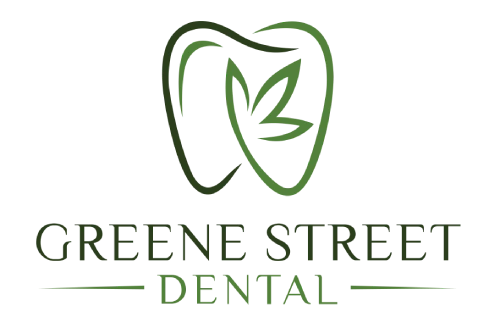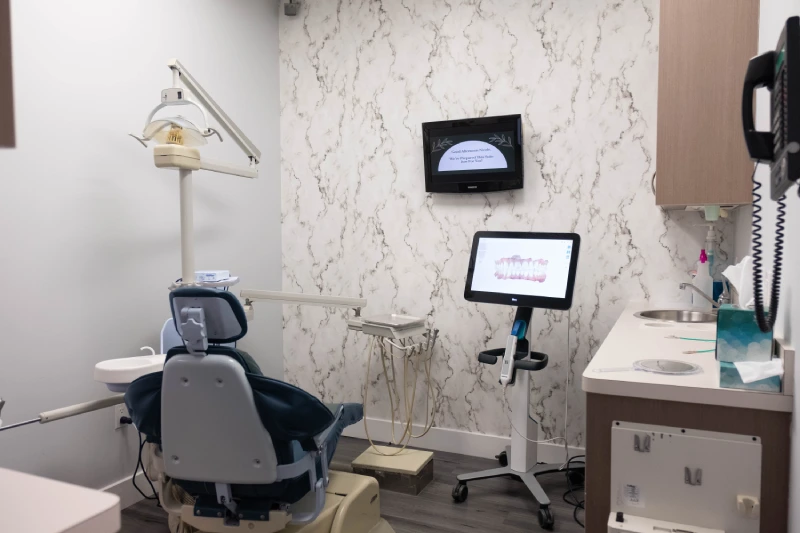The boogeyman of wisdom teeth removal, dry socket can actually happen after any tooth extraction procedure. It’s a painful condition that happens when the blood clot that forms where the tooth was removed becomes dislodged or dissolves. That exposes the nerves and bone underneath. Not only can this be intensely painful, but it can also make your recovery longer and even cause infections.
Our dentists in Soho, Dr. Caroline Kim and Dr. Andrew Leder, can help you avoid dry socket after a tooth extraction at Greene Street Dental. Take precautions, know the symptoms, and contact us for help.
Signs of Dry Socket
The most common sign of dry socket is intense, throbbing pain in the area where the tooth was extracted. This pain can radiate to the ear, eye, or neck on the same side as the extraction.
Other signs and symptoms:
- Empty-Looking Socket
- Bad Taste in the Mouth
- Bad Breath
- Swollen Lymph Nodes
- Difficulty Opening the Mouth
- Visible Bone
- Delayed Healing
If you experience any of these symptoms after a tooth extraction, it is important to contact our emergency dentist immediately.
How to Prevent Dry Socket
While dry socket can occur even with proper care, there are steps you can take to reduce your risk.
Follow Post-Extraction Instructions
We provide you with clear instructions in easy-to-understand language following your procedure. Make sure to follow these instructions and let us know if you have any questions. We’d rather you ask us about your care than put yourself at risk.
Avoid Straws and Smoking
These seem like strange restrictions, but you use a straw or smoke a cigarette by creating suction in your mouth. That suction can dislodge the blood clot. In general, we want you to avoid straws and smoking for at least 24 hours after a tooth extraction. In some cases, our dentist in Soho might warn you to wait a little longer.
Rinse with Salt Water
This is an old home remedy that works wonders. Rinsing your mouth with warm salt water can help keep the extraction site clean and promote healing. Mix 1 teaspoon of salt with 8 ounces of warm water and gently swish it around in your mouth for 30 seconds before letting it drain out of your mouth; spitting can dislodge the clot.
Use Dry Socket Paste
If we believe you are at a high risk for developing dry socket, we may recommend using a dry socket paste. This contains ingredients that help soothe pain and promote healing. It is typically applied to the extraction site with a cotton swab and can be reapplied as needed.
Take Pain Medication
Having a tooth removed hurts. While the procedure itself is painless, you may find you experience pain once any anesthesia wears off. We may prescribe pain medication or recommend over-the-counter options to help you manage the pain.
Greene Street Dental Guides Your Recovery
Learning about dry socket can help keep you from developing it, so ask us about your risks after your tooth extraction. Our Soho dentist makes sure you have a recovery plan following any dental procedure. You’ll never feel unprepared with us. With proper care, we can work to ensure a smooth and speedy recovery. Reach out to us at any time about dry socket or preventative measures.






